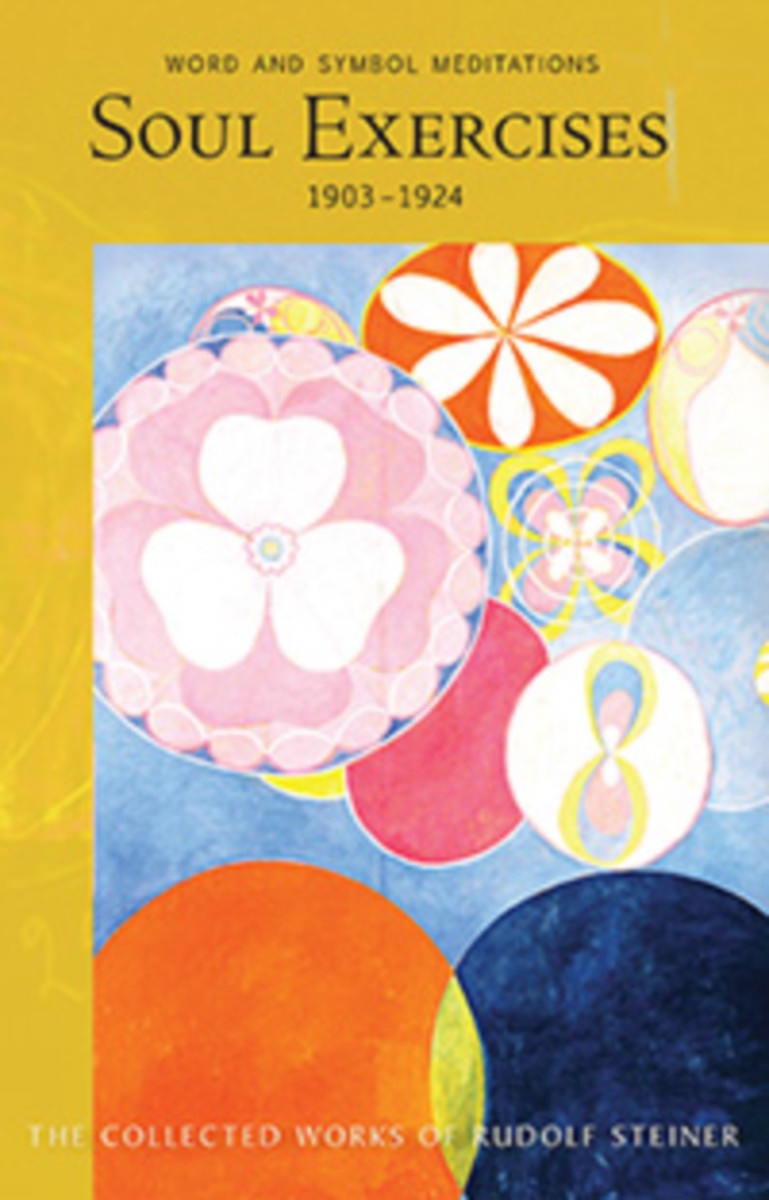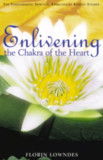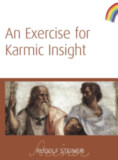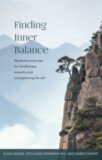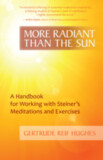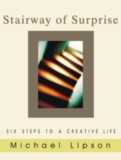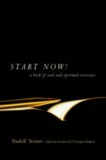Soul Exercises
Word and Symbol Meditations (CW 267)
- Publisher
SteinerBooks - Published
1st December 2014 - ISBN 9780880106283
- Language English
- Pages 552 pp.
- Size 6" x 9"
Soul Exercises, 1903–1924 (CW 267)
"The whole world stands facing the human soul—dark, unknown as the blue of the sky. But what is unknown comes. The human soul must feel this coming as its own extinguishing. Sensing this self-extinguishing is followed by the right to re-create oneself anew from the outer world that has been absorbed.... "I am 'I.'"
Rudolf Steiner made it his task to teach nothing that he had not experienced himself and always encouraged others to make individual spiritual-meditative research the basis of their spiritual lives. Therefore he gave many spiritual exercises to his pupils who asked for them. This was especially the case during the period of the Esoteric School (1904-1914), which closed with the outbreak of World War I, which made a certain kind of esoteric work impossible. Steiner, however, continued to give individuals exercises and meditations in private conversations until 1924, when his health no longer allowed it. Usually he would write all instructions out by hand. A few were communicated verbally. Although every exercise originated in a particular context, he believed that because the same conditions apply to all who take up this path of training, in principle the exercises should be available in “the widest possible context.”
Beginning with general rules and conditions (the so-called supplementary exercises), meditations for the days of the week, and morning and evening exercises, Soul Exercises collects all of the word and symbol meditation exercises Steiner gave. This includes nine groups of exercises based on Mabel Collins’ “Light on the Path” and a multitude of exercises with individually composed meditative verses.
The book concludes with explanations and contextual commentary relating to the exercises, including notes on the value of symbolic ideas on the path of spiritual schooling; the Rose Cross meditation; the verse “More radiant than the Sun”; the backward review (Rückshau); contemplation of one’s own divine ideal; and alcohol and diet.
Soul Exercises will be a help to all who take up the anthroposophic path of inner work.
This volume is a translation from German of Seelenübungen: Band I. Übungen mit Wort- und Sinnbild-Meditationen zur methodischen Entwicklung höherer Erkenntniskräfte, 1904–1924 (GA 267). Cover art: De tio största, n° 2 (1907) by Hilma af Klint (1862-1944), Swedish artist and mystic.
C O N T E N T S:
Translator's Foreword by Matthew Barton
Preface to this Edition by Hella Wiesberger
Introduction by Hella Wiesberger: “Accounts of the Anthroposophic Path of Schooling in Rudolf Steiner’s Works”
PART ONE: GENERAL RULES
General Conditions
Additional Rules Following from the “General Conditions”
For the Days of the Week
The Twelve Virtues as a Subject of Meditation and for Practice in Daily Life
PART TWO: MAIN EXERCISES FOR MORNING AND EVENING
The Essential Nature of Meditative Practice
PART THREE: EXPLANATIONS RELATING TO THE EXERCISES
The Value of Symbolic Ideas on the Path of Inner Schooling
The Rose Cross Meditation
The Verse “More Radiant than the Sun”
Single Meditative Phrases from “Light on the Path”
The Meditation “I am—It thinks—She feels—He wills”
The Verse “In the Pure Rays of the Light”
The Review (or “Rückschau”) Exercise
Thoughts on “Study”
Contemplation of One’s Own Divine Ideal
Alcohol and Diet
Meditations with or without Indications of the Time They Should Take
APPENDIX: EDITOR’S COMMENTARIES
A. The Breath Exericises
B. References to “Lotus Flowers and Chakras” and “Kundalini
Rudolf Steiner
Rudolf Steiner (b. Rudolf Joseph Lorenz Steiner, 1861–1925) was born in the small village of Kraljevec, Austro-Hungarian Empire (now in Croatia), where he grew up. As a young man, he lived in Weimar and Berlin, where he became a well-published scientific, literary, and philosophical scholar, known especially for his work with Goethe’s scientific writings. Steiner termed his spiritual philosophy anthroposophy, meaning “wisdom of the human being.” As an exceptionally developed seer, he based his work on direct knowledge and perception of spiritual dimensions. He initiated a modern, universal “spiritual science” that is accessible to anyone willing to exercise clear and unbiased thinking. From his spiritual investigations, Steiner provided suggestions for the renewal of numerous activities, including education (general and for special needs), agriculture, medicine, economics, architecture, science, philosophy, Christianity, and the arts. There are currently thousands of schools, clinics, farms, and initiatives in other fields that involve practical work based on the principles Steiner developed. His many published works feature his research into the spiritual nature of human beings, the evolution of the world and humanity, and methods for personal development. He wrote some thirty books and delivered more than six thousand lectures throughout much of Europe. In 1924, Steiner founded the General Anthroposophical Society, which today has branches around the world.


